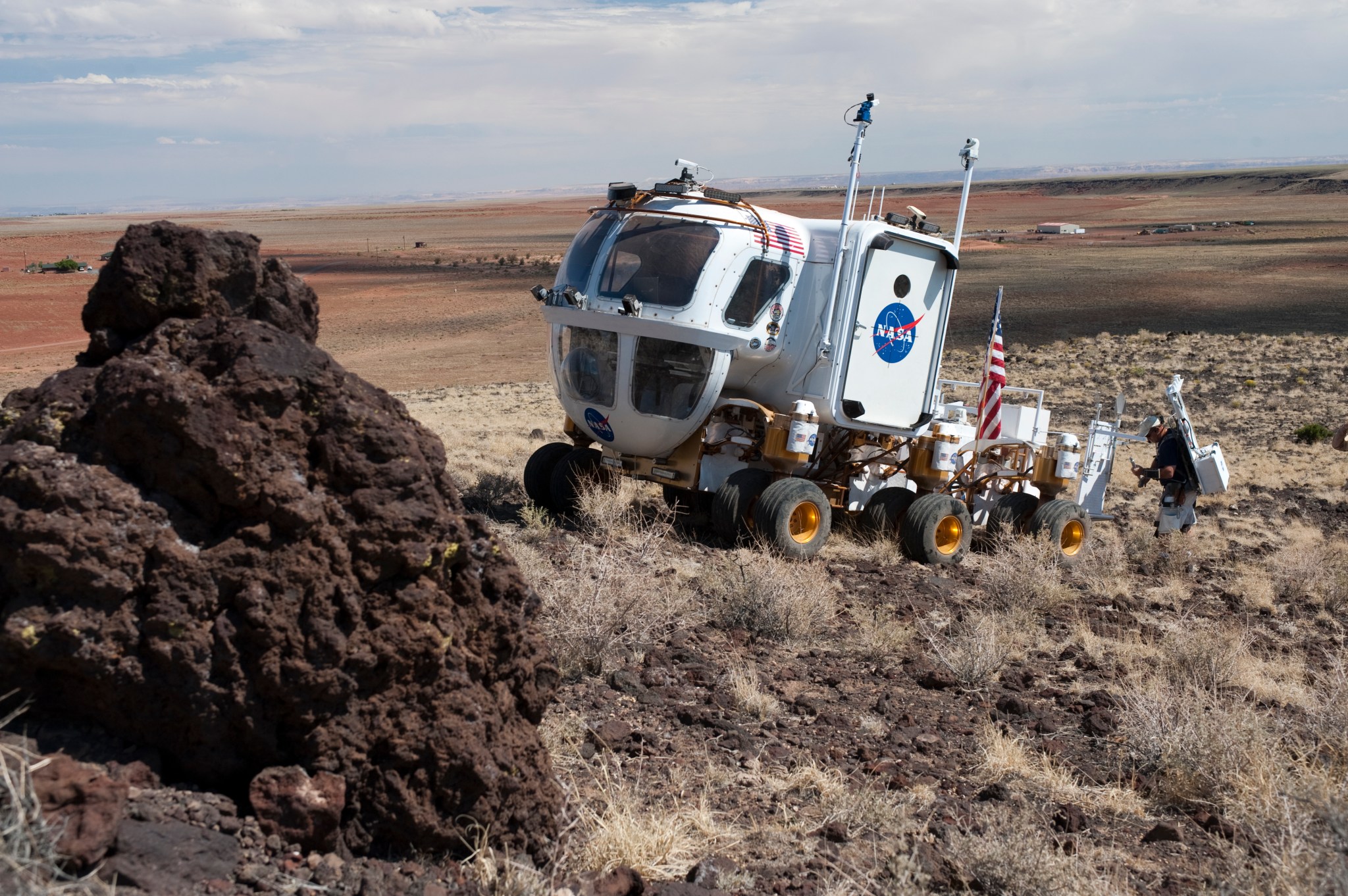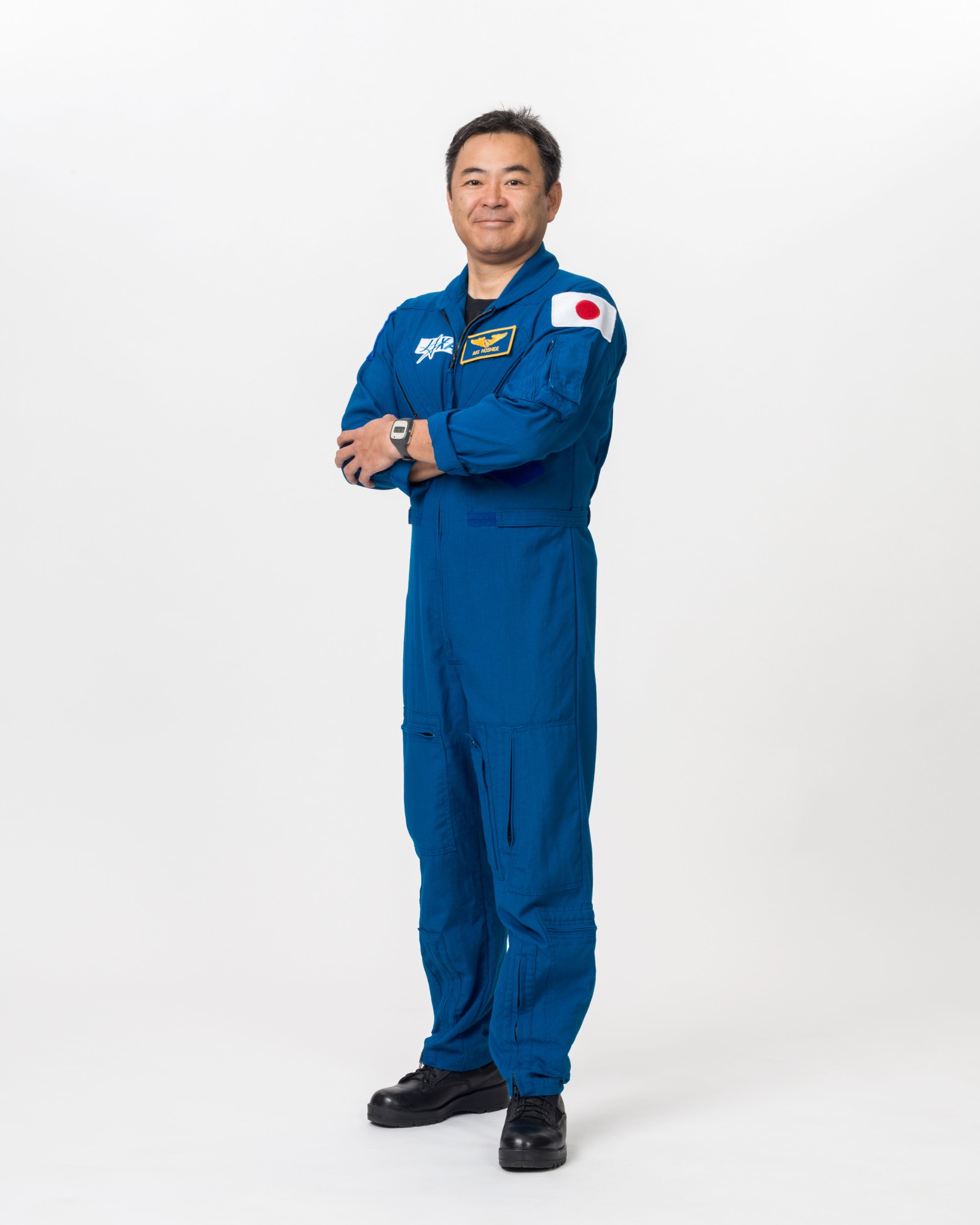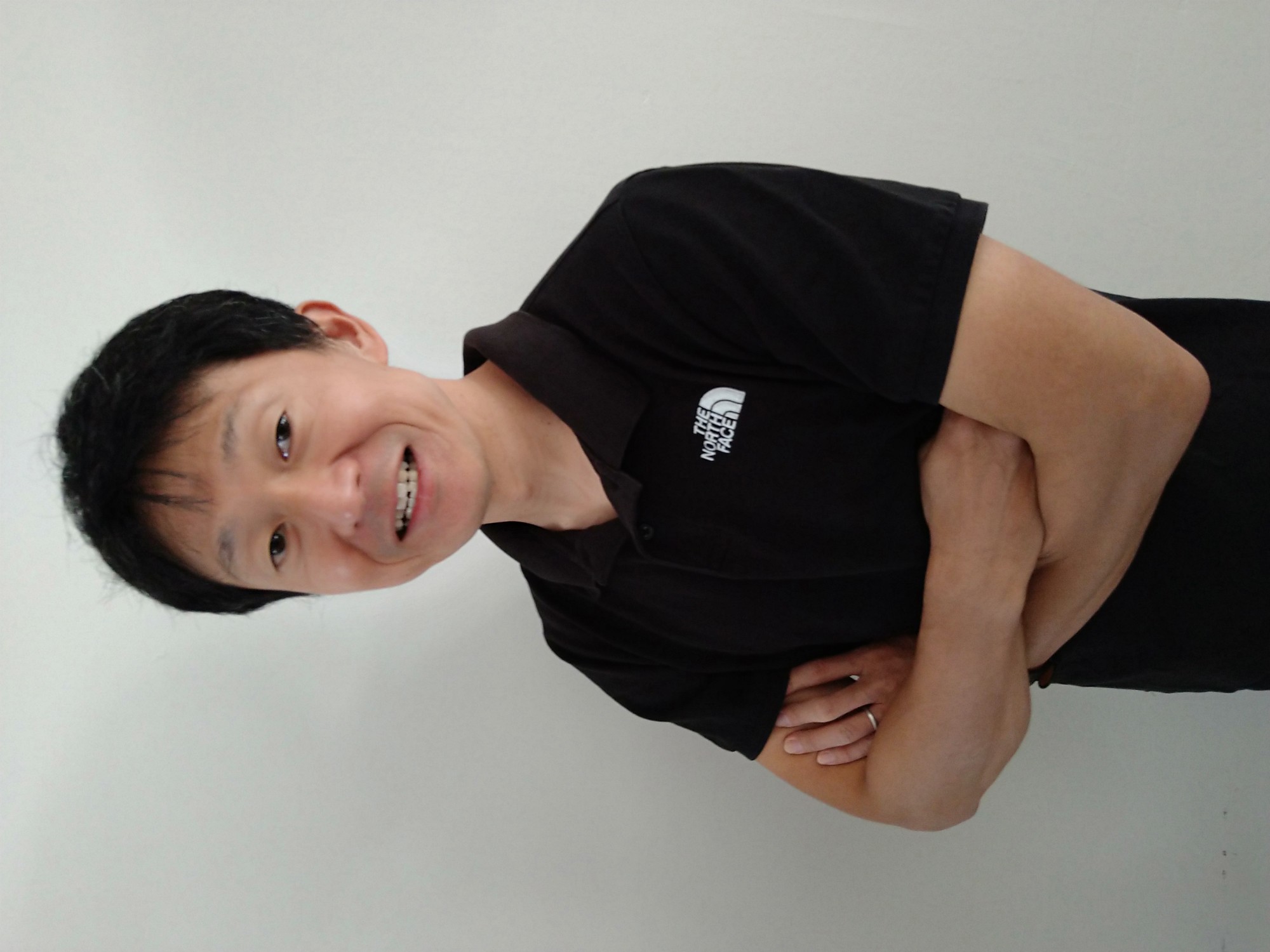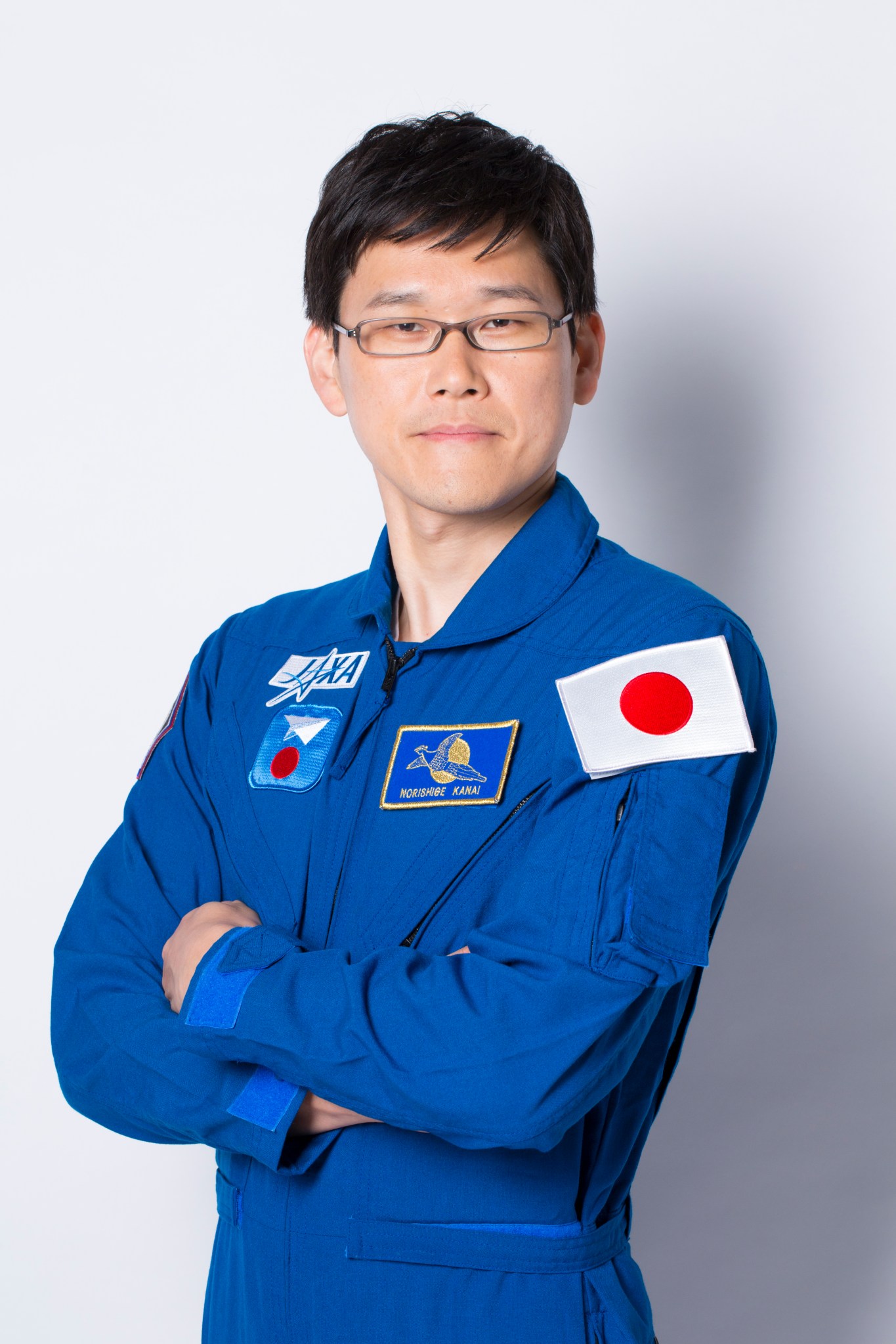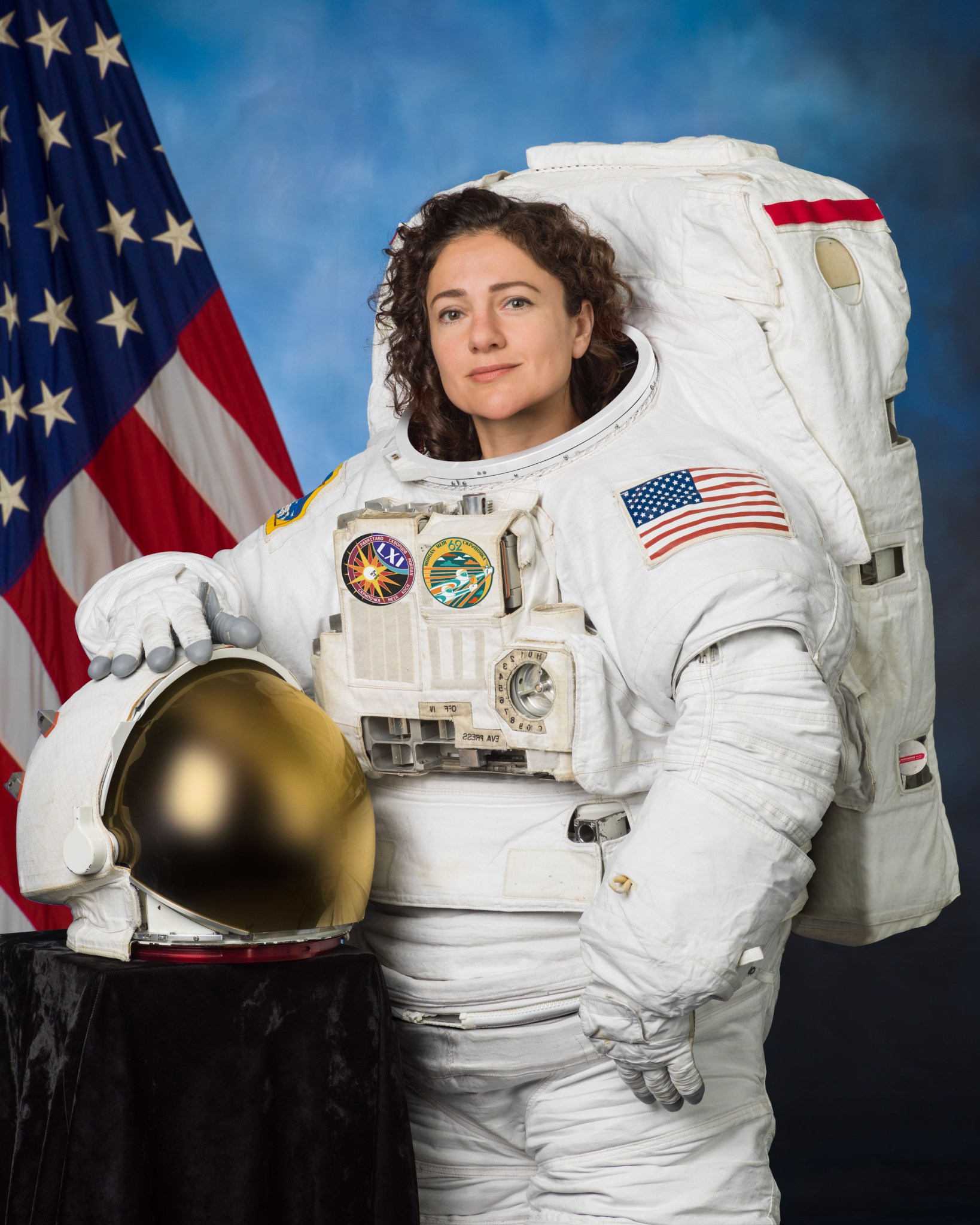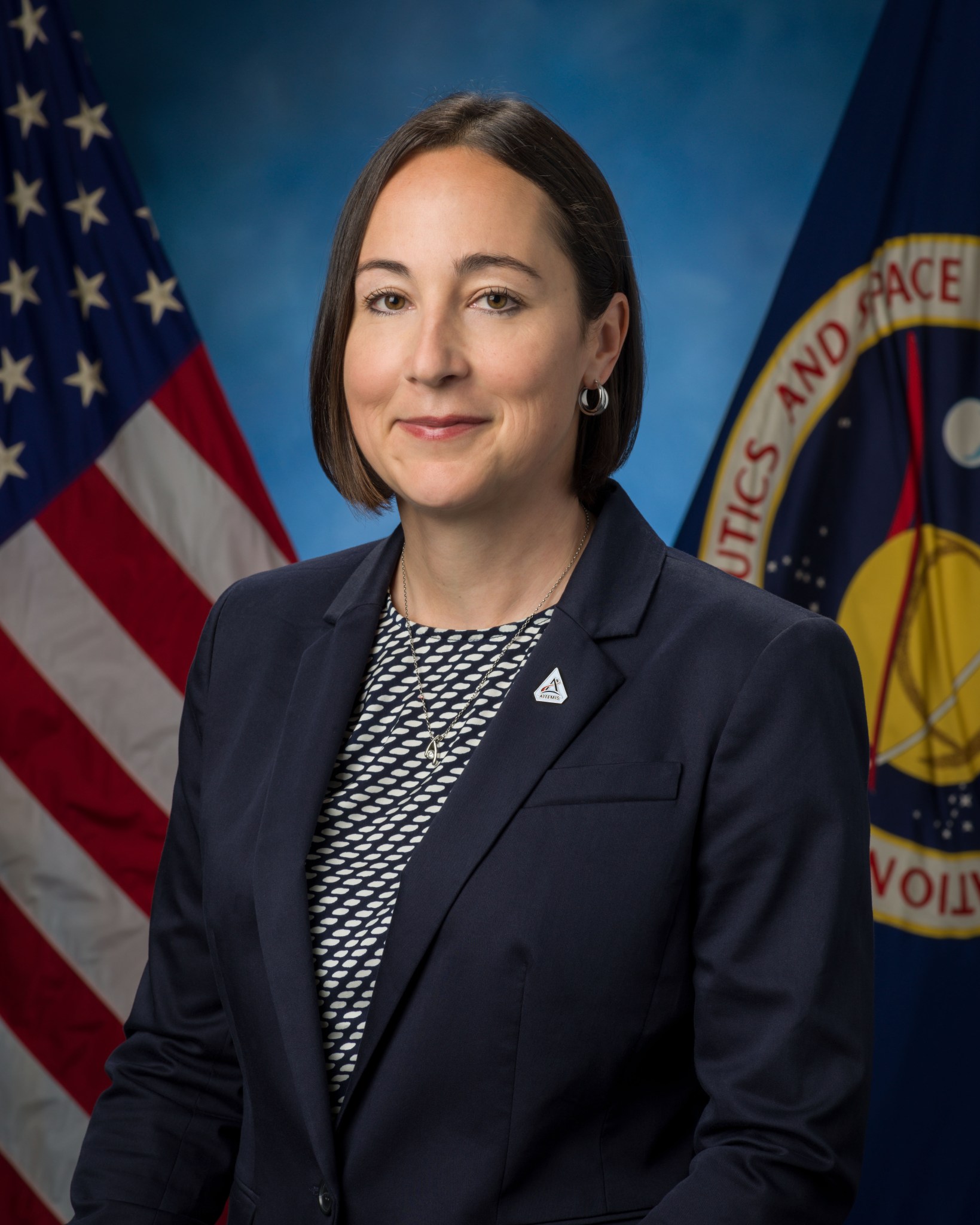As NASA works to develop technologies needed to establish a long-term presence at the Moon with future Artemis missions, pressurized rovers in which humans can live and work will play an important role.
To help develop this key technology, a crew of six astronauts and engineers from NASA and the Japan Aerospace Exploration Agency (JAXA) will take turns in groups of two over the next week, living and working in a NASA pressurized rover prototype during a mission simulation for Artemis missions called Desert Research and Technology Studies (D-RATS).
D-RATS will consist of three simulated missions, each lasting three days, and will be located at Black Point Lava Flow, 40 miles from Flagstaff, Arizona. This unique location will allow teams to emulate conditions astronauts will experience near the lunar South Pole during Artemis missions including challenging terrain, interesting geology, and minimal communications.
Meet the crew behind Desert RATS:
Akihiko “Aki” Hoshide, JAXA astronaut
Born in Tokyo in 1968, Aki Hoshide joined the National Space Development Agency of Japan, which preceded JAXA, in 1992 and was selected as a Japanese astronaut candidate to fly to the International Space Station in 1999. He became a certified astronaut in 2001, and in 2008 traveled to station aboard the Space Shuttle Discovery, where, among other operations, he participated in work to attach Kibo’s internal experiment room to station.
In July 2012, Aki traveled again to the space station, where he deployed small satellites and performed three spacewalks over the course of roughly four months in space. In 2021, he returned to station as a crew member of Expedition 65/66, logging 198 days, 9 hours and 57 minutes in space. During his three missions to the space station, he has served as the station commander for five months, performed various science experiments and maintenance tasks, and conducted spacewalks, including one to install the Japanese Experiment Module “Kibo”. His total spacewalk time is 28 hours and 17 minutes.
Naofumi Ikeda, JAXA associate senior engineer
Born in Ishikawa in 1978, Ikeda joined JAXA after working for an automotive company in production engineering, such as casting, and vehicle dynamics related to ground and racing vehicles. He currently conducts research as a systems integration and driving systems engineer for pressurized rovers.
Norishige Kanai, JAXA astronaut
Born in Tokyo in 1976, Kanai spent 168 days in space on the space station between Dec. 2017 and June 2018 as a flight engineer for Expeditions 54 and 55. In addition to various experimental activities under the mission theme “discovering clues about health longevity in space,” he also captured the SpX-14 Dragon spacecraft using the Space Station Remote Manipulator System, Canadaarm2.
Yusuke Yamasaki, JAXA pressurized rover engineer
Born in Hiroshima in 1987, Yamasaki is currently focusing on developing operational scenarios for the JAXA pressurized rover. He has experience in payload mission control for the Kibo Japanese Experiment Module (JEM) on the International Space Station and served as console operator to support real-time operation.
Yamasaki’s background includes the role of test engineer in a commercial airplane development program, as well as some experience in airplane maintenance.
Jessica Meir, NASA astronaut
Jessica Meir, a first generation American born to Israeli and Swedish immigrant parents, was selected as an astronaut by NASA in 2013. Prior to becoming an astronaut, her career as a scientist focused on the physiology of animals in extreme environments. Meir most recently served as flight engineer on station for Expedition 61 and 62.
From 2000 to 2003, Dr. Meir worked for Lockheed Martin’s Human Research Facility, supporting human physiology research. During this time, she also participated in research flights on NASA’s reduced gravity aircraft and served as an aquanaut in an underwater habitat for NASA Extreme Environment Mission Operations, also known as NEEMO. She holds a Bachelor of Arts in Biology from Brown University, a Master of Science in Space Studies from the International Space University, and a doctorate in Marine Biology from Scripps Institution of Oceanography.
Sarah Shull, systems engineering and integration manager
Sarah Shull is the systems engineering and integration manager for the EVA & Human Surface Mobility Program at NASA’s Johnson Space Center in Houston. Prior to this role, Sarah supported Artemis in several other roles, including as NASA’s associate mission manager for Artemis missions. She also spent six years as a project manager and group lead in the Crew and Thermal Systems Division.
Early in her career, Sarah worked for nine years in the Mission Control Center at Johnson supporting the space shuttle, station, and visiting spacecraft missions. Sarah holds a bachelor’s degree in aerospace engineering from the University of Michigan and a master’s degree in aeronautics and astronautics from the Massachusetts Institute of Technology. She is an associate fellow of the American Institute of Aeronautics and Astronautics.
Learn more about NASA’s analog missions:




























